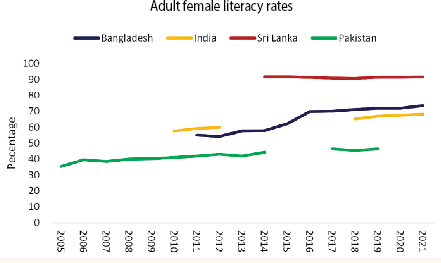In an interview with Dawn published on Sept 9, the CEO of Hub Power Company (Hubco) shared his plans to provide Karachi with clean drinking water. The CEO should be careful in what he is wishing for. He might just get it.
He said that a plant of 50 million gallons per day (MGD) will be set up at Site for the treatment of industrial wastewater. Its hydraulic capacity will later be increased to 150MGD, he added. His company has many other water-related plans, including a desalination plant of 5MGD for DHA Karachi.
In the future, Hubco may consider taking over the water distribution and bill collection functions for the entire city and provide it with drinkable water from its seawater desalination plant in Hub.
Desalination technologies are of three categories: thermal, membrane-based and charge-based.
The company intends to opt for the reverse osmosis desalination, a membrane-based technology, for its DHA-based initiative.
The disposal of brine is expensive. It harms the environment and threatens the future use of seawater in desalination
In reverse osmosis, raw water is passed through a membrane that rejects substances meant to be removed. The system splits the water in two streams: the concentrate stream, which contains the substances, and the permeate stream, which passes through the membrane. The process takes place when high pressure is applied across the membrane, which means it is highly energy-intensive.
The use of high energy means higher emissions greenhouse gases, principally carbon dioxide. According to one estimate, desalination plants on average use about 15,000 kilowatt-hours of power for one million gallons of fresh water produced.
The water recovery rate in reverse osmosis plants is low. Only 25 per cent of the applied water is recovered. This means that for every four cubic meters of saline water fed into the system, only one cubic meter of fresh water is produced. The rest of the three cubic meters of water are discarded as brine waste. The low water recovery rate is a major problem.
The membrane fouling is also a major problem. Fouling occurs when microorganisms and suspended solids clog the small pores of the membrane. It is necessary to carry out extensive pre-treatment on feed water because fouling affects the performance of membranes. The pre-treatment process is costly.
Additionally, anti-fouling chemicals and antiscalant solutions end up in the discarded water, causing sea pollution. Membranes are highly sensitive to chlorine. So the water must be de-chlorinated before desalination.
For drawing seawater, reverse osmosis plants employ surface intakes, which typically consist of a number of screens to exclude marine life, trash and debris. Pre-treatment is required for the removal of organic matter, algae, dissolved organic carbon and silt to prevent these from clogging membranes.
The intake of seawater impinges on marine life. Fish and other large organisms sometimes get trapped on the intake screen and die.
A major problem is the disposal of brine, also known as concentrate or retentate. The level of salinity in brine is about 50,000 parts per million or PPM. Seawater salinity is around 35,000PPM. Brine contains chemicals, heavy metals, and anti-fouling stuff from the pre-treatment unit. Brine is denser than seawater. It sinks to the seafloor, destroying the marine food chain.
A recent United Nations-backed study says that the disposal of brine into the sea is expensive, harms the environment and threatens the future use of seawater in desalination.
Additionally, sea levels are rising owing to the climate change, which will threaten the proposed DHA desalination plant in Karachi.
Desalinated water is very pure and aggressive. It has to be stabilised before drinking. Stabilisers are usually lime made from calcium carbonate and some caustic soda.
A number of potential health concerns related to reverse osmosis desalination have been identified. Reverse osmosis systems may introduce biological (bacteria, protozoa and viruses) and chemical (pharmaceuticals and personal care products) contaminants.
Boron is known to cause developmental toxicity and reproductive issues in animals. High boron levels in water, when used for irrigation, accumulate in plants. Membranes can only remove about 50pc of boron and pass the rest on to the product water. Concerns have been expressed that boron may be found in desalinated water at levels greater than the World Health Organisation’s provisional guideline value of 0.5 milligrams per litre. Boron in seawater has concentrations of 4-7mg/litre.
The most important aspect, in my view, is the ‘demand risk’. This means that water demand will be insufficient to justify the continued operation of the plant owing to the availability of less expensive, alternative supplies as well as conservation and efficiency improvements, like water from K-IV project in Karachi.
In Australia, four of the six desalination plants that have been developed since 2006 are mostly on standby. Likewise, the Tampa Bay Desalination Plant in Florida, United States, does not run at full capacity because demand is low amidst the availability of less expensive water supply options.
The writer holds a master’s in water and wastewater engineering
Published in Dawn, The Business and Finance Weekly, October 28th, 2019

































